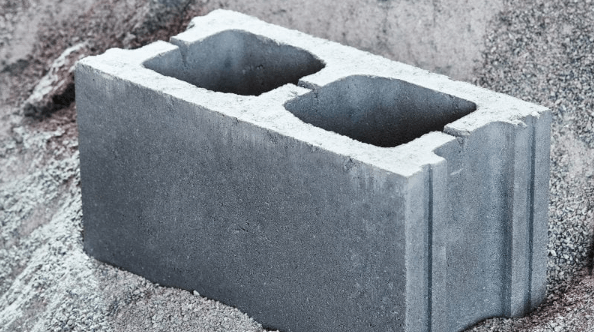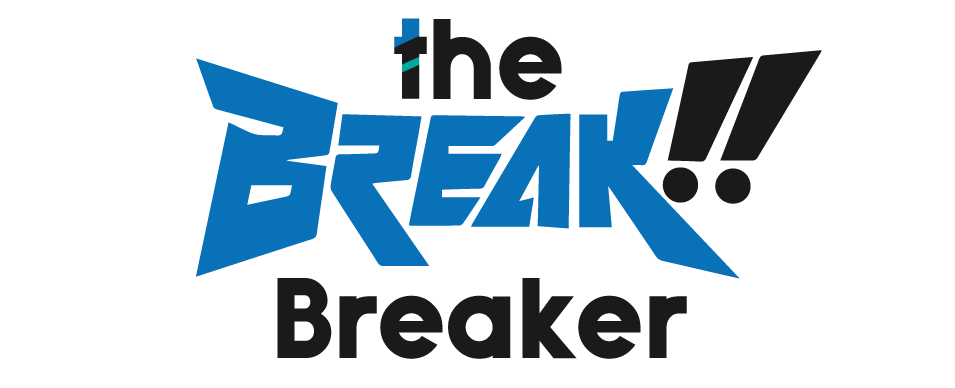
The 10 Most Commonly Used Types of Concrete
Concrete is one of the most versatile and widely used construction and home improvement products in existence. If you’ve enjoyed any aspect of infrastructure in your lifetime, you likely have concrete to thank for its functionality. With this in mind, it’s useful to understand what types of concrete exist, and what they’re used for. Here are the ten most commonly used types of concrete:
1. Pumped Concrete
When you need a wide area covered in a solid concrete base, or when you need to lay down the foundation for a high-rise building’s upper floors, you need to go with pumped concrete products. Quality concrete pumping services have the know-how to use pumped concrete in a fast and efficient fashion. For those who are looking to get a job done ASAP, going with pumped concrete is highly recommended.
2. Pervious Concrete
Most concrete projects require some type of stormwater drainage system. If the project is located outside, they are often required by law to have a functional storm drain system that reaches certain specifications. With this in mind, construction workers use pervious concrete layers to allow stormwater to drain into the ground effectively. Driveways are often made of mostly pervious concrete products.
3. Precast Concrete
Precast concrete is made in factory-controlled settings, and follows highly specific instructions and design requirements. For this reason, precast concrete is used primarily for projects that have already been planned in painstaking detail. When you see staircases, half pipes, and other unique shapes made out of concrete, precast concrete has almost certainly been used in the crafting process (somewhere along the line)
4. Reinforced Concrete
One of the main purposes of concrete is to strengthen the foundation of a structure. With this in mind, many projects require several layers of strength-boosting concrete between walls, foundation pieces, and other materials. Reinforced concrete is made using additional materials, such as cables, wires, rebar, and steel rods, all of which allow it to easily support other sections of concrete (as well as other building materials).
5. Normal Strength Concrete
If you’re using concrete for a home project, you’re almost certainly using what’s labeled as “normal strength concrete.” These concrete products mix cement, sand, and aggregate materials at a 1-2-4 ratio, making them highly versatile, easy to pour, and fast to dry. This product is not widely used in construction projects but can provide a ton of value to homeowners.
6. Vacuum Concrete
Vacuum concrete has a much higher water-to-concrete ratio than any other type of concrete on this list. Vacuum pumps are used to remove the excess water from this concrete after it’s poured, and before it’s cured, however. Due to the complexity of using vacuum concrete, it’s typically only used in professional construction projects.
7. Polymer Concrete
Polymer concrete is one of the more unique products on this list. It’s crafted to reduce the number of voids that exist in the concrete aggregates and achieves this by bonding aggregates with polymer, rather than cement. The uses of polymer concrete are varied, but niche. That being said, it’s still one of the more common concrete products when compared to even rarer varieties.
8. Prestressed Concrete
If you’re looking at completing a large-scale construction project, you’ll almost certainly be using prestressed concrete at one point or another. Prestressed bars and/or tendons are placed at the end of these prestressed concrete slabs, making it easier to place them into a larger structure. Additionally, this crafting style allows compression to happen much faster once the concrete cures.
9. High-Density Concrete
High-density concrete is used in locations where radiation leakage or containment is the primary goal. By using high-density aggregates, most commonly crushed rocks, this concrete can help prevent radiation from being let loose into the public sphere, or any natural environments that surround a project’s location. Typically, highly-trained concrete specialists are required to properly install high-density concrete.
10. Lightweight Concrete
On the flip side, lightweight concrete uses lightweight aggregates (such as clays, expanded shales, and pumice) to help protect the steel structures of buildings, bridges, and other similar projects. That being said, there are many other niche uses for lightweight concrete in the construction industry as well.
Find the Right Concrete Product for the Job
When researching what you need for your next construction or home improvement project, taking into account the various types of materials at your disposal is key. When looking into concrete, being hyper-vigilant about doing your research, and consulting professionals, becomes that much more important if you want to get the job done right.




